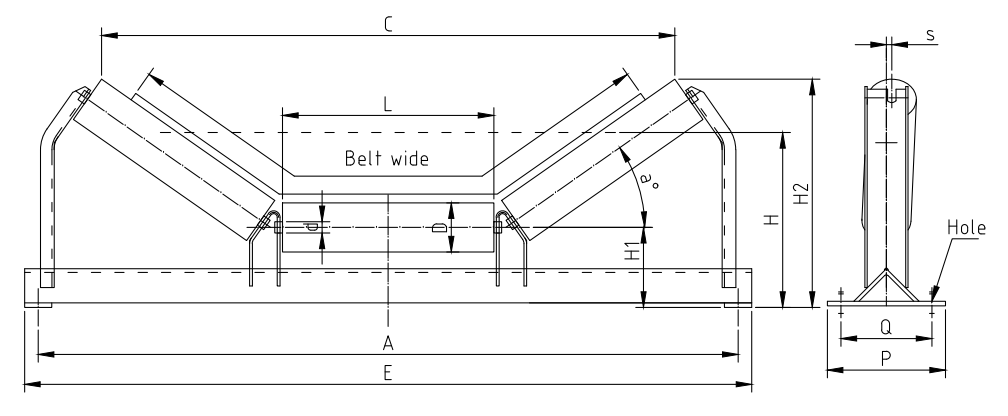 Afrikaans
Afrikaans  Albanian
Albanian  Amharic
Amharic  Arabic
Arabic  Armenian
Armenian  Azerbaijani
Azerbaijani  Basque
Basque  Belarusian
Belarusian  Bengali
Bengali  Bosnian
Bosnian  Bulgarian
Bulgarian  Catalan
Catalan  Cebuano
Cebuano  Corsican
Corsican  Croatian
Croatian  Czech
Czech  Danish
Danish  Dutch
Dutch  English
English  Esperanto
Esperanto  Estonian
Estonian  Finnish
Finnish  French
French  Frisian
Frisian  Galician
Galician  Georgian
Georgian  German
German  Greek
Greek  Gujarati
Gujarati  Haitian Creole
Haitian Creole  hausa
hausa  hawaiian
hawaiian  Hebrew
Hebrew  Hindi
Hindi  Miao
Miao  Hungarian
Hungarian  Icelandic
Icelandic  igbo
igbo  Indonesian
Indonesian  irish
irish  Italian
Italian  Japanese
Japanese  Javanese
Javanese  Kannada
Kannada  kazakh
kazakh  Khmer
Khmer  Rwandese
Rwandese  Korean
Korean  Kurdish
Kurdish  Kyrgyz
Kyrgyz  Lao
Lao  Latin
Latin  Latvian
Latvian  Lithuanian
Lithuanian  Luxembourgish
Luxembourgish  Macedonian
Macedonian  Malgashi
Malgashi  Malay
Malay  Malayalam
Malayalam  Maltese
Maltese  Maori
Maori  Marathi
Marathi  Mongolian
Mongolian  Myanmar
Myanmar  Nepali
Nepali  Norwegian
Norwegian  Norwegian
Norwegian  Occitan
Occitan  Pashto
Pashto  Persian
Persian  Polish
Polish  Portuguese
Portuguese  Punjabi
Punjabi  Romanian
Romanian  Russian
Russian  Samoan
Samoan  Scottish Gaelic
Scottish Gaelic  Serbian
Serbian  Sesotho
Sesotho  Shona
Shona  Sindhi
Sindhi  Sinhala
Sinhala  Slovak
Slovak  Slovenian
Slovenian  Somali
Somali  Spanish
Spanish  Sundanese
Sundanese  Swahili
Swahili  Swedish
Swedish  Tagalog
Tagalog  Tajik
Tajik  Tamil
Tamil  Tatar
Tatar  Telugu
Telugu  Thai
Thai  Turkish
Turkish  Turkmen
Turkmen  Ukrainian
Ukrainian  Urdu
Urdu  Uighur
Uighur  Uzbek
Uzbek  Vietnamese
Vietnamese  Welsh
Welsh  Bantu
Bantu  Yiddish
Yiddish  Yoruba
Yoruba  Zulu
Zulu Understanding the Function and Importance of V-Belt Tensioner Pulleys for Optimal Performance
Understanding V-Belt Tensioner Pulleys Essential Components for Engine Performance
In modern automotive engineering, the efficient functioning of an engine relies heavily on a network of components that work harmoniously together. One such crucial component is the V-belt tensioner pulley. Although often overlooked, the V-belt tensioner pulley plays a significant role in ensuring the longevity and performance of the engine by maintaining the correct tension on the V-belt.
What is a V-Belt Tensioner Pulley?
The V-belt tensioner pulley is a part of the serpentine belt drive system, which is responsible for powering multiple accessories in the engine, such as the alternator, water pump, power steering pump, and air conditioning compressor. The V-belt, also known as the serpentine belt, is designed to transfer rotational energy from the engine’s crankshaft to these accessories.
The tensioner pulley, as the name suggests, regulates the tension on the V-belt, ensuring it remains tight enough to prevent slippage while not being so tight that it causes excessive wear on the belt and associated components. Typically, the tensioner is spring-loaded, which allows it to automatically adjust the tension as the belt wears over time or if the accessories require differing amounts of power.
Importance of Proper Tension
Maintaining proper tension on the V-belt is crucial for several reasons. First, if the belt is too loose, it can slip, leading to reduced performance or complete failure to drive the accessories. For example, if the V-belt powering the alternator slips, the battery may not charge properly, leading to electrical failures. Similarly, a slipping belt can affect the water pump and power steering pump, causing overheating or steering issues, respectively.
On the flip side, excessive tension can lead to premature wear and tear on both the belt and the accessories. It can also put undue stress on the bearings of the driven components, resulting in premature failure. Therefore, the tensioner pulley serves a vital purpose in balancing the tension.
v belt tensioner pulley

Signs of a Failing V-Belt Tensioner Pulley
Like any mechanical component, the V-belt tensioner pulley is susceptible to wear and tear over time. There are several signs that may indicate a failing tensioner pulley. Drivers should be vigilant for unusual noises, such as squeaking or grinding sounds, which may be indicative of a worn-out belt or a malfunctioning tensioner.
Another key indicator is visual wear on the V-belt itself; cracks, fraying, or signs of misalignment could suggest that the tensioner is not functioning correctly. Additionally, if the belt frequently slips off or if there is noticeable play in the tensioner pulley, it is advisable to have it inspected or replaced.
Maintenance and Replacement
Routine maintenance is essential to ensure the longevity of your vehicle’s engine components, including the V-belt tensioner pulley. Regularly inspecting the V-belt for wear and tear is crucial, as is ensuring that the tensioner remains in good operating condition. Some mechanics recommend replacing the V-belt and the tensioner pulley simultaneously, especially if the vehicle has high mileage.
If replacement is necessary, selecting quality parts is vital. Aftermarket products can vary significantly in quality, so opting for OEM (Original Equipment Manufacturer) parts may provide better assurance of performance and longevity.
Conclusion
The V-belt tensioner pulley is a small yet essential component in the complex machinery of an automotive engine. Its role in maintaining the proper tension of the V-belt directly influences the performance, efficiency, and longevity of the vehicle’s engine and its accessories. By understanding its function and being aware of signs indicating potential issues, car owners can take proactive steps to maintain their vehicles effectively, ensuring a smooth and reliable driving experience for years to come. Regular inspections, timely replacements, and using quality components will go a long way in safeguarding this vital part of the engine's operation.
-
Revolutionizing Conveyor Reliability with Advanced Rubber Lagging PulleysNewsJul.22,2025
-
Powering Precision and Durability with Expert Manufacturers of Conveyor ComponentsNewsJul.22,2025
-
Optimizing Conveyor Systems with Advanced Conveyor AccessoriesNewsJul.22,2025
-
Maximize Conveyor Efficiency with Quality Conveyor Idler PulleysNewsJul.22,2025
-
Future-Proof Your Conveyor System with High-Performance Polyurethane RollerNewsJul.22,2025
-
Driving Efficiency Forward with Quality Idlers and RollersNewsJul.22,2025





























